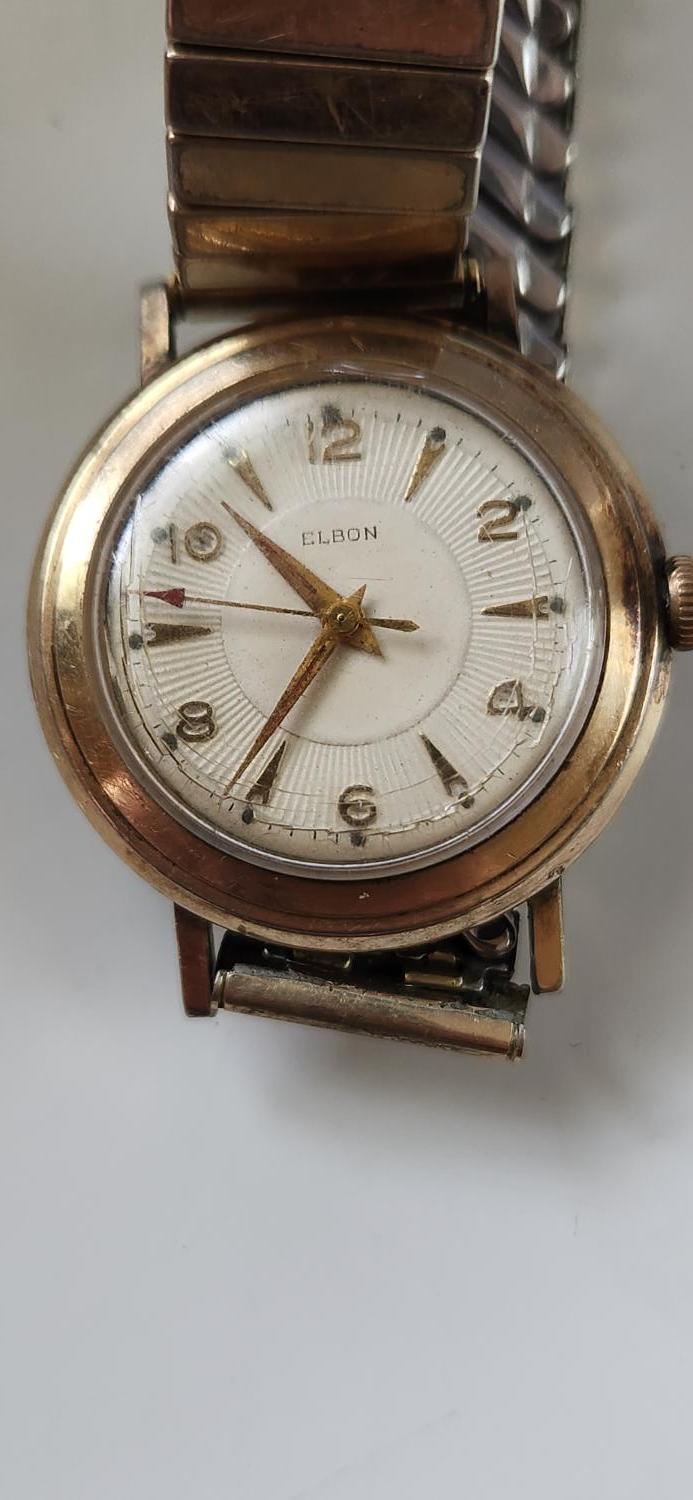-
Recently Browsing
- No registered users viewing this page.
-
Topics
-
Posts
-
After a bit further research could it possibly be an AS 970?
-
Latest project was a non-running ebay purchase with an FHF70 movement. I stripped and cleaned it, reassembled it, and got it running. So far so good, nothing damaged AFAIK. I was oiling the top jewel on the balance (the one in the cock) which was a slightly unusual shock setting. I removed the spring (3 leaves) which was part of a chaton holding the cap jewel. This left the hole jewel behind which I retrieved with rodico and then lost it. I was taking it off the rodico, very gently as I thought, with tweezers, and then it just disappeared. Fast forward a week, I got a donor movement, non-running, with the plan to just take the shock jewel that I’d lost. It was the same movement but had standard incabloc settings, and was steel rather than copper/brass. I changed the cock and balance complete and it ran, not very well. I switched the lower jewel setting, cleaned and oiled both jewels and the replacement balance. Without the pallet fork the balance swings very nicely with a puff of air. With the fork in place, balance out, it flicks side to side nicely with power in the mainspring. Put them together and it doesn’t run. The impulse jewel sits in the fork and it stops. Any suggestions how I proceed? In case you didn’t follow that I have 2 FHF70 movements, nothing broken as far as I can tell, but mixing up the balance wheels and jewel settings results in a non runner.
-
By Neverenoughwatches · Posted
Oh and this almost perfect third wheel pivot and slightly set mainspring Ah ok yes i see what you mean, good idea. I'll try that if i fluff this one up. The image isn't great quality but i like the idea though. -
By RichardHarris123 · Posted
Why cut the paper, cut a square around the image and grind to it. -
By Neverenoughwatches · Posted
I did try that last time Rich , i traced the image from the Bestfit book which is the actual size. But its more difficut to cut the shape from paper than it is to grind the steel to shape. This way is pretty easy and the final shaping is done when fitting the part. There are a couple of things i will do differently next time, clamping the 2 pieces together with a drill press will help to hold while scribing the shape in. This was a bit tricky having only one hole, if using the pins and cork the drill size needs to match the pin diameter so there is no movement at all from the template. This movement hasn't finished frying me yet, damaged thread in the plate crown wheel hole and two rubbed in cracked jewels, thats gonna be much more fun.
-








Recommended Posts